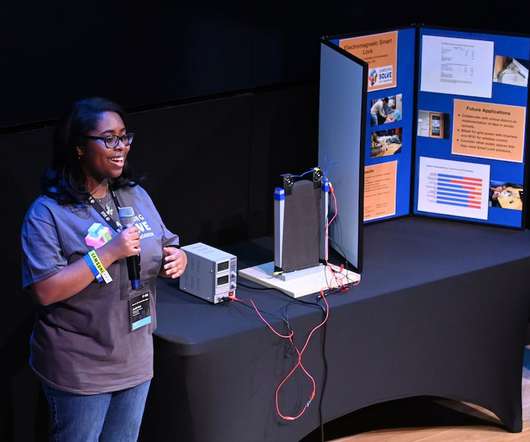Most parents know AI will be crucial to their children’s future
eSchool News
OCTOBER 15, 2024
Parents also expressed concerns about dependence on AI, including the potential for a lack of human interaction (56 percent), negative impacts on critical thinking skills (48 percent), and the risk of students using AI to cheat (48 percent). public middle and high school students.












Let's personalize your content